Motorola Droid X: Thoroughly Reviewed
by Brian Klug on July 20, 2010 4:27 PM EST- Posted in
- Smartphones
- Motorola Droid X
- OMAP
- Mobile
Camera
The X, like the EVO and Incredible, packs an 8 megapixel Omnivision camera SoC, most likely the OmniVision OV8810 (same as the EVO and Incredible) with 1.4 µm square pixels. This sensor has a reported sensitivity of 650 mV/lux-sec, and is likewise backside illuminated. For comparison, the iPhone 4’s 5 megapixel OV5650 SoC has a sensitivity of 1300 mV/lux-sec and pixel sizes 1.75 µm square.
Sensitivity in this case refers to just how much voltage a pixel creates per 1 lux-sec (one lux of light for one second) of exposure. Thus, more voltage is better and results in higher SNR, and less noise on the image.
If you recall back to our iPhone 4 piece, I talked a lot about why backside illumination is relevant as pixel sizes continue to shrink. Quantum efficiency (sensitivity) is one critical reason, but the other is quantum blurring negatively affecting image contrast (MTF). If you’re interested, you can read more here.
Camera Interface
Details of the camera SoC aside, the X foregoes the typical Android camera interface and instead brings its own. It’s different than the one used on the original Droid, and not like HTC’s interface.
On the right are some quick access buttons for scenes, effects, flash, and switching to video. Press menu, and you’ll get picture modes, tags, and settings. Confused yet as to what the difference between scenes, effects, and modes are?
Scenes allows you to set some quick shooting scenarios that the camera will hopefully adjust for. There’s auto, portrait, landcape, sport, night portrait, sunset, macro, and steady shot. I left the camera on auto for all of the test shots. Effects lets you apply filters to the images, such as black and white, negative, sepia, solarize, red green or blue tint, or normal if you’re feeling generic. Flash as expected comes with auto, on, and off modes.
In the top left, you can tap on a tag symbol and toggle GPS assisted location tagging, or custom tags. Hit up settings, and you can change the picture resolution between full 8 MP, 6 MP widescreen, 5 MP medium, and small 3 or 2 MP presets. There also are settings for ISO equivalent sensitivity and exposure. The camera also promises face detection for autofocus, more on that later. The volume buttons control digital zoom.
I mentioned earlier that the X got an OTA update about midway through my time with it. One of the things it addressed was a camera complaint I had begun documenting but is obviously irrelevant now. Before the OTA update, the image preview was higher resolution, but white balance and other color correction effects didn’t show up in the live preview. In effect, the snapped photo was often an entirely different temperature, and looked entirely different. Since the update, Motorola has made the live preview accurately reflect the color temperature of the captured photo, at the cost of a sizable chunk of resolution.
It’s hard to describe how the preview looks now, but it’s no longer of native resolution on the screen, instead appearing slightly blurry and of lower resolution. Viewing the captured photo shows the native quality, but the preview and live view aren’t how the used to be. I took side by side photos of the same subject with an EVO, but even there it's difficult to really see how much the preview differs - either way, it's there. It just doesn't look as good.
Camera launch is between 3-4 seconds now, another of the things the OTA update addressed. It’s relatively speedy but not instantaneous, though none of the smartphone camera launches are. Motorola again uses a colored, two-position dedicated button for shutter control.


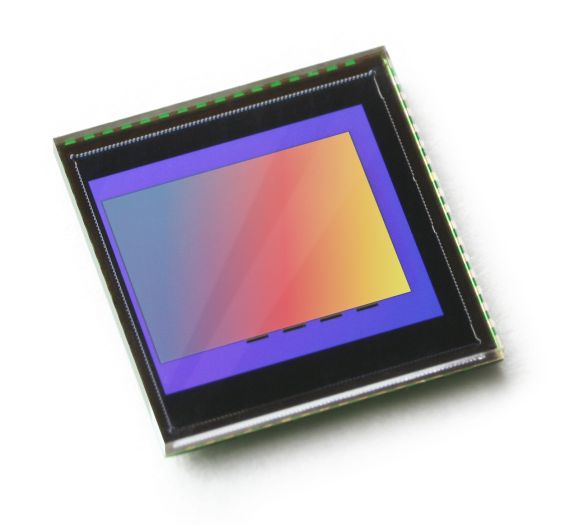
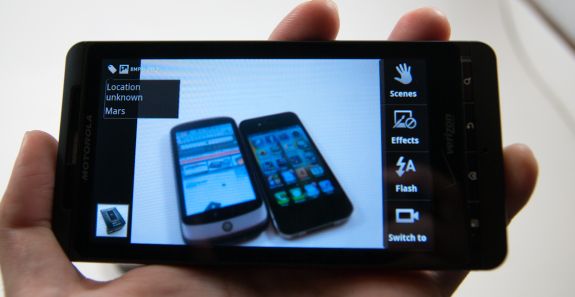
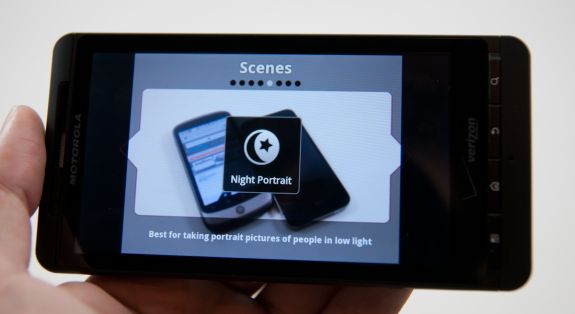
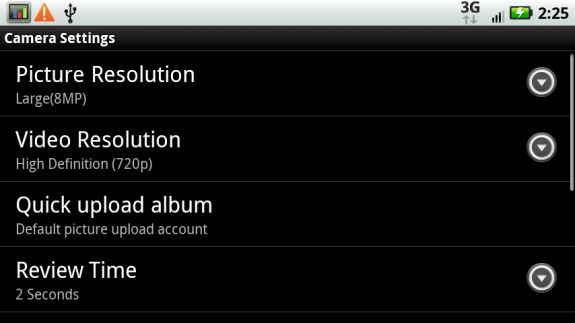
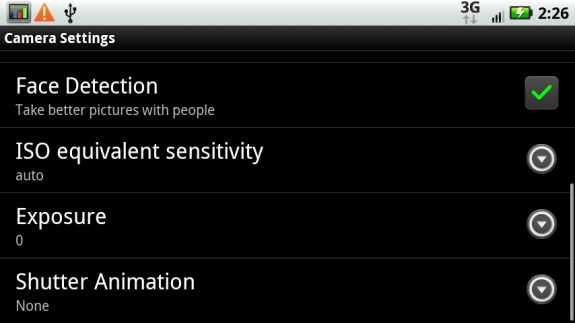
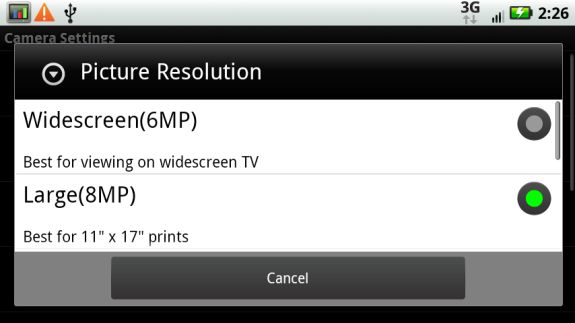
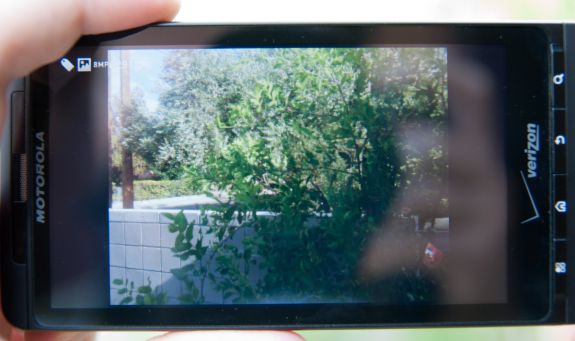








89 Comments
View All Comments
Spoooon - Tuesday, July 27, 2010 - link
Just noticed some similarities between a "review" on CNN (http://money.cnn.com/galleries/2010/technology/100... and this one:CNN Money:
Overall, the build quality of the X is solid. Motorola has pulled off two high-end Android phones -- this and the original Droid -- that really feel good and inspire confidence. There's no give on any of the buttons, the volume buttons aren't loose and broken out of the box like some were on the original Droids, and the grippy plastic makes it feel even better. Having the phone tilt a few degrees and not rest completely flat on surfaces will help prevent the back from getting scratched up.
Anandtech:
Overall, the build quality of the X is solid. Motorola has pulled off two high end Android phones that really feel good and inspire a lot of confidence. There’s no give or play with any of the buttons, the volume buttons aren’t loose and broken out of the box like some Droids were, and the grippy plastic makes it feel even better. Again, I think having the phone tilt a few degrees and not rest completely flat on surfaces will help the back not get scratched up.
They are peppered throughout the CNN review. Maybe CNN borrowed your content with your consent?
Spoooon - Tuesday, July 27, 2010 - link
Oops. Noticed the attribution on the first page of the CNN article.LOL, I started reading it an hour ago, then stopped to work, then went back to it. :)
grkhetan - Thursday, July 29, 2010 - link
Hello, One question about the antenna chart. In the "holding naturally" column, where you touching the lower left black strip in the iphone 4?THanks
Gaurang.
brucebergman - Thursday, July 29, 2010 - link
I buy a phone to make phone calls first, be fancy second. (Fancy is nice, yes! But...) I didn't see anything on antenna analysis, or an externally accessible antenna jack should you feel the need to plug in some serious RF gain.My last two phones were the Audiovox CDM9000 and the LG VX2000, and currently is a Palm Treo 700wx. What do they have that the new crop do not? A real antenna, for those places where the NIMBY's won't allow new cell sites, and a way to connect an external antenna if you go out in the boonies a lot.
Until someone addresses this, I'm sticking with the Palm Treo. Or till it's hopelessly outdated and/or breaks and they can't find a replacement, at least.
weekilter - Thursday, July 29, 2010 - link
Too bad Moto couldn't have had the same understanding that Apple did and prevent VeriZon from putting their logos all over the device. Why the carriers think their logo adds to the appeal of a device is lost on me.myshadows - Monday, August 9, 2010 - link
Thanks for the awesome review! I may have missed this, but what is the speed of the internal 8 GB of memory compared to the Class 4 SD Card?ItsaRaid - Sunday, August 29, 2010 - link
Anand or Brian-Which would you pick?
Im trying to decide which way to go, I have a BB9700, with problems, I have looked at Both Phones the IPHone 4 and the Droid X- Im stuck- Hope maybe you can guide me as well.
Here is my Direct Contact Info:
ItsaRaid@columbus.rr.com
Hope you will take a few moments of time and help guide my decision making. Both Screens are Gorgeous and their sizes are no a big deal-
Thank You
Larry
BookDoctor - Monday, September 27, 2010 - link
I'm with you right down the line, especially regarding the length of the charging cord. Seems to me it's just another case of the supplier wanting to make an extra buck on accessories. Oh, well. . . . Nonetheless, I think the superior performance across the board makes it a small price to pay to have what's--at least in my book--the best Android device thus far.smithgood9 - Thursday, December 9, 2010 - link
As a Droid X fan, I find it useful to me. I wanted to transmit videos to PS3 for enjoying, but I failed. Because PS3 can only play it supports video formats. and PS3 can't support 3GP or other formats. Fortunately, I find a great Droid X video converter - Foxreal Video Converter, which can convert between various videos with excellent output quality. Use it transmit videos to MP4 and transmit videos to PS3 by DLNA function.